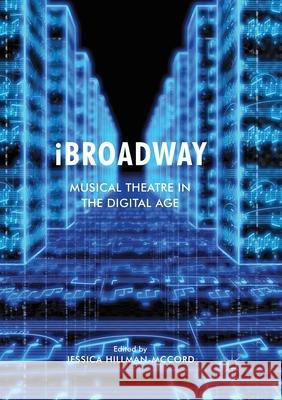IBROadway: Musical Theatre in the Digital Age » książka
topmenu
IBROadway: Musical Theatre in the Digital Age
ISBN-13: 9783319878928 / Angielski / Miękka / 2018 / 365 str.
Kategorie:
Kategorie BISAC:
Wydawca:
Palgrave MacMillan
Język:
Angielski
ISBN-13:
9783319878928
Rok wydania:
2018
Wydanie:
Softcover Repri
Ilość stron:
365
Waga:
0.45 kg
Wymiary:
21.01 x 14.81 x 2.01
Oprawa:
Miękka
Wolumenów:
01
Dodatkowe informacje:
Wydanie ilustrowane











